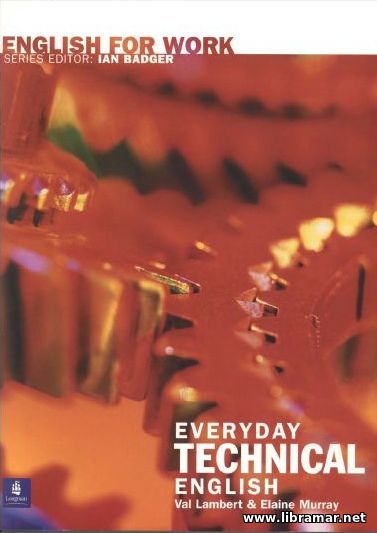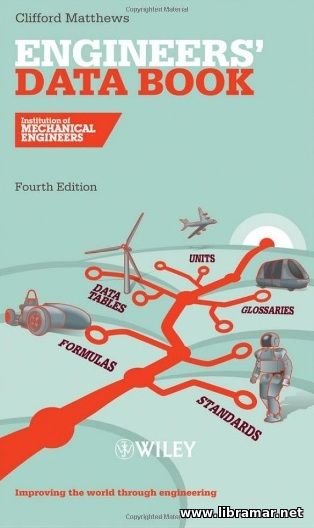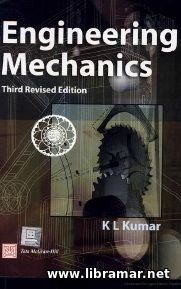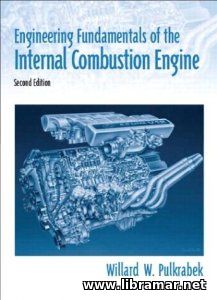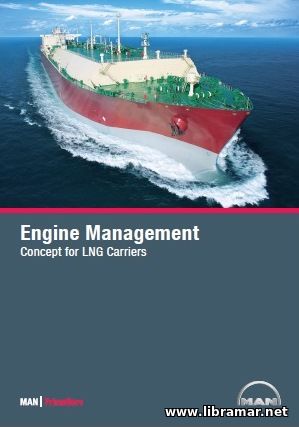
Some ten years back the world economic crisis has resulted in a significant reduction in the number of transported containers because of the decreased overall amount of transported cargo. As a result of this, so many container carriers have been laid up or had to operate with a relatively small amount of cargo. In such loading condition a stability of the container ships is very high.
In a majority of the cases the VCG, i.e. vertical centre of gravity of the ships is located below the coordinate of the lightship condition, and this happens because of the huge amounts of ballast water in the tanks located in the double bottom and wings plus very small amounts of cargo situated at the bottoms of the cargo holds. We required large amounts of ballast water to get the ship's hull and propulsion arrangements immersed and also to limit the longitudinal bending moment within the structure of the hull. In the classic loading condition higher amounts of cargo require less amounts of ballast and in these cases the stability is less.
Under the circumstances described within the present publication, some accidents have occurred to container ships in the recent past. Subject accidents caused damage to the vessels and heavily injured (and even killed) several crew members who were thrown through the ship's bridge because of the very high transverse accelerations due to the heavy rolling...
